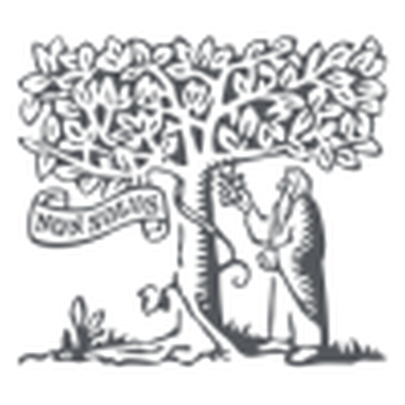Fifteenth-Century Booktrade: Collecting and Researching the Material Evidence of Incunabula: The MEI Database
DOI:
https://doi.org/10.33077/uw.25448730.zbkh..320Keywords:
Fifteenth-Century Booktrade, Incunabula, MEI Database, digital humanities.Abstract
The signifi cance of the printed book for the development of early modern Europe can hardly be overestimated. Some 30,000 editions of incunabula survive today, in some 450,000 surviving copies, located in about 4,000 different public libraries, mostly in Europe and North America. During the last century, cataloguing of incunabula in libraries all around the world has progressed notably, but the printed and on-line inventories available describe the books in various degrees of detail and, what is more disappointing, remain separate entities, which renders any kind of all-encompassing survey exceedingly lengthy, if not impossible. To overcome such hindrances the Material Evidence in Incunabula (MEI) database has been set up. It integrates existing provenance records as well as providing a space for cataloguing incunabula, which have not been catalogued yet. The database, although far from completion, already enables to start reconstructing dispersed book collections. Cristina Dondi illustrated this with the example of three incunabula she found in libraries in Oxford, Yale, and Harvard, which until the early 19th century belonged to the library of the Franciscan convent of San Cerbone in Lucca. Thanks to the data provided by MEI, it is now possible to connect the descriptions of these three incunabula with the main part of the San Cerbone collection, now kept at the Provincial Library of the Franciscans in Florence.






